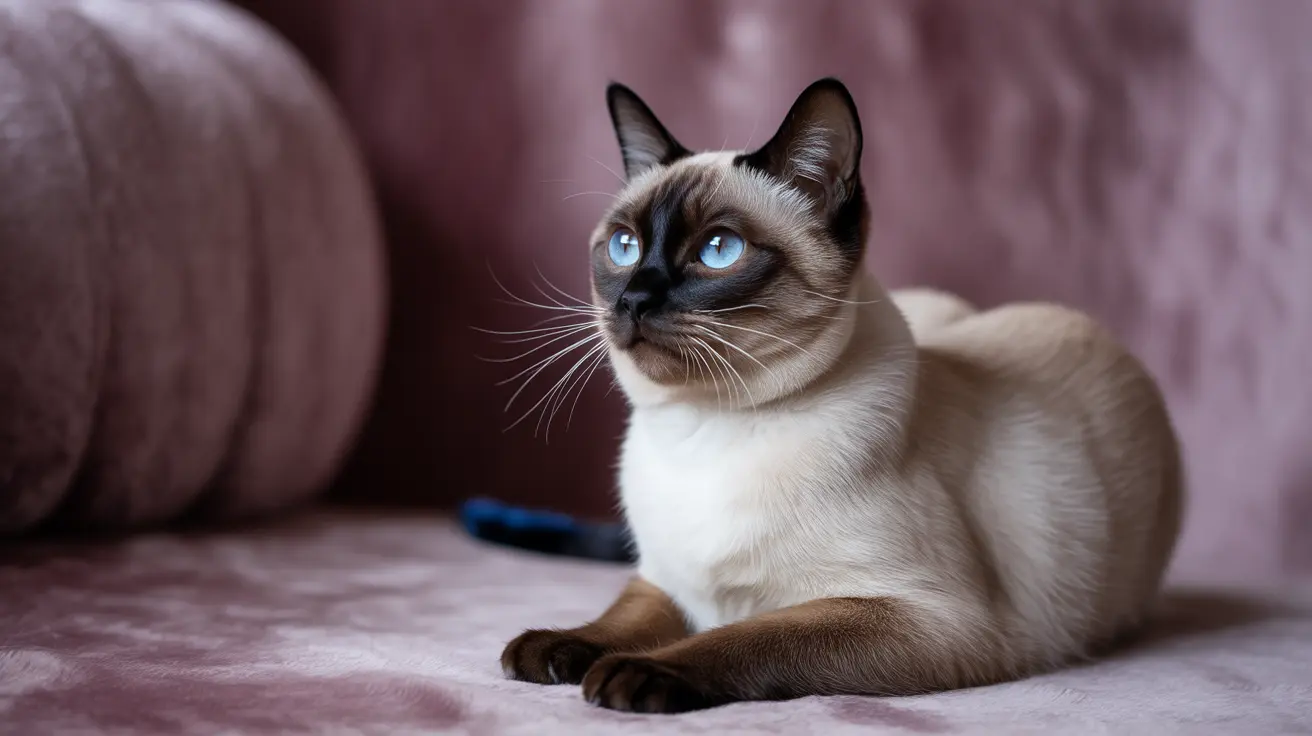Have you noticed changes in your cat's eye color? Whether you're a new kitten parent or a long-time cat owner, understanding why cats' eyes change color can help you distinguish between normal development and potential health concerns. Let's explore the fascinating science behind feline eye color changes and what they might mean for your pet's health.
The Natural Evolution of Kitten Eye Color
All kittens are born with blue eyes, regardless of what their adult eye color will eventually become. This initial blue color occurs because kittens are born without melanin, the pigment that gives eyes their color. Between 6 and 12 weeks of age, melanin production begins, leading to the development of their permanent eye color.
This transformation process typically completes by the time kittens reach 12 weeks old. The final color can range from vivid greens and golds to deep coppers and striking blues, depending on genetics and breed characteristics.
The Role of Genetics in Feline Eye Color
A cat's eye color is primarily determined by the amount and distribution of melanin in their iris. Different genetic combinations create various eye colors:
- High melanin levels produce copper and gold eyes
- Moderate melanin combined with lipochrome results in green eyes
- Low melanin levels create blue eyes
Certain breeds are known for specific eye colors. For example, Siamese cats typically have striking blue eyes, while Persian cats often display copper or golden hues. Russian Blues are celebrated for their emerald-green eyes.
Environmental Factors Affecting Eye Color Appearance
Sometimes what appears to be a color change is actually an optical illusion caused by environmental factors. The tapetum lucidum, a reflective layer behind the retina, can make eyes appear different colors depending on lighting conditions and viewing angles.
Pupil dilation also plays a role. When pupils constrict in bright light, the concentrated pigment makes eyes appear darker. In dim conditions, dilated pupils disperse the pigment, creating a lighter appearance.
Medical Conditions That Can Cause Eye Color Changes
While some eye color changes are normal, others may indicate health issues requiring veterinary attention. Watch for these conditions:
- Uveitis: Inflammation causing redness and cloudiness
- Glaucoma: Increased eye pressure leading to swelling and color changes
- Liver problems: Sudden copper coloration in adult cats
- Cataracts: Clouding of the lens affecting eye appearance
When to Seek Veterinary Care
Contact your veterinarian immediately if you notice:
- Sudden or unexplained color changes in adult cats
- Eye cloudiness or inflammation
- Signs of discomfort like squinting or excessive blinking
- Changes accompanied by behavioral differences
Frequently Asked Questions
Why do kittens' eyes change color as they grow, and when do they usually settle?
Kittens' eyes change color due to melanin production beginning around 6 weeks of age. Their permanent eye color typically settles by 12 weeks old as melanin levels stabilize in the iris.
How do genetics and breed influence the eye color of adult cats?
Genetics determine melanin levels in the iris, which creates different eye colors. Specific breeds have been selectively bred for certain eye colors - like blue eyes in Siamese cats or green eyes in Russian Blues.
Can lighting or pupil size make my cat's eyes appear to change color?
Yes, environmental lighting and pupil dilation can affect how your cat's eye color appears. The tapetum lucidum (reflective layer) and changing pupil size can create the illusion of different colors under various light conditions.
What health problems can cause sudden or unusual eye color changes in adult cats?
Sudden eye color changes in adult cats may indicate conditions like uveitis, glaucoma, liver problems, or cataracts. Any unexpected color change should be evaluated by a veterinarian.
What does it mean if my cat has two different colored eyes (heterochromia)?
Heterochromia is usually a genetic trait, especially common in white cats. It can be inherited or, rarely, develop due to injury or disease. While usually harmless, white cats with one or both blue eyes have a higher risk of congenital deafness.
Conclusion
While some eye color changes are part of normal development or caused by environmental factors, others may signal health issues requiring attention. Understanding these differences helps ensure your cat's well-being. When in doubt, always consult with your veterinarian about any concerning changes in your cat's eye appearance.






